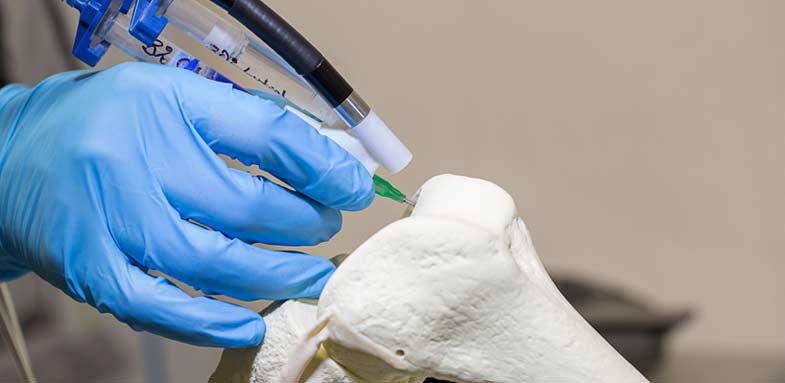3D printing is a revolutionary technology that is changing many different industries, including the medical field. This technology is helping to advance medical treatment by making it easier and faster to create customized medical implants and products. 3D printing is also being used to create prosthetics and organs for transplant surgeries. In this blog post, we will discuss how 3D printing is helping to advance medical treatment and change the way doctors treat their patients!

Before we dive into how this technology is helping to advance medical treatment, let’s first take a look at what exactly 3D (or “additive”) printing is. In traditional manufacturing, objects are created by subtracting material from a larger block of material (known as “subtractive” manufacturing). With additive manufacturing, objects are created by adding layers of material on top of each other until the desired object is created. This process is also known as “additive layer manufacturing” or “rapid prototyping.”
There are many different ways that 3D printing (or “additive manufacturing”) is helping to advance medical treatment.
One of the ways in which 3D printing is helping to advance medicine is by making it easier and faster to create bespoke transplant organs and prosthetics. This technology allows doctors to quickly create personalized transplant organs, specifically designed for each patient's unique anatomy. This customization not only improves the adaptability of these transplant organs, but also reduces the risk of complications associated with traditional implantation procedures. And in the past, prosthetics were often made from wood or metal, which could be uncomfortable and painful for patients to wear. With 3D printing, however, prosthetics can be created from softer materials that are more comfortable for patients to wear.
Another way that 3D printing is changing medicine is by reducing the time patients wait for prosthetics or organs for transplant surgeries. In the past, patients who needed a prosthetic limb or organ would have to wait months or even years for their custom products to be created. However, with 3D printing, these devices can be created in a matter of days or even hours. This is dramatically reducing the wait times for patients who need these life-saving procedures.
In addition to reducing the wait time for procedures, 3D printing is also helping to reduce the cost of medical care. This technology is allowing doctors to create implants and products that are less expensive than traditional models. This is because there is no need for costly molding or machining processes when these products are created using 3D printing. As the cost of medical care continues to rise, 3D printing could play a vital role in making these treatments more affordable for patients.
3D printing is also helping to improve the success rate of surgery. This technology is being used to create models of patients’ anatomy that can be used by surgeons to plan and practice complex surgeries. By having a detailed model of the patient’s anatomy, surgeons can ensure that they are prepared for any potential complications that may arise during the procedure.

3D printing is a revolutionary technology that is changing the way doctors treat their patients. As we can see, 3D printing is already having a positive impact on the field of medicine. As this technology continues to develop, it will likely have an even greater impact on the medical world and grow in popularity in the coming years. Thanks for reading!
Copyright © 2023 infomorespace.com. All rights reserved.